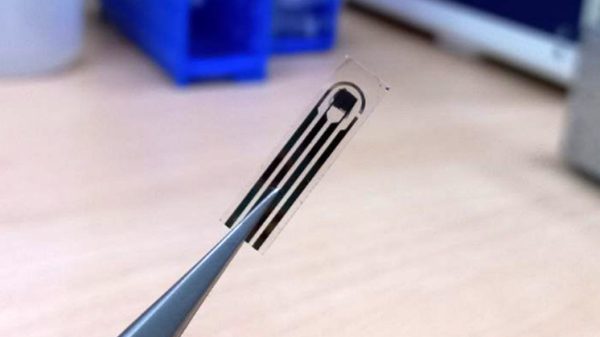Ancient king fell victim to multiple attackers
Scientists have discovered what the Egyptian warrior pharaoh known as «The Brave» looked like, 3,500 years after he was brutally killed in battle , and told how the ancient king met his terrible fate.

Pharaoh Seqenenre-Tao II, also known as «The Brave», was killed either by capture in the middle of the night or on the battlefield at the age of 40 while trying to liberate Egypt from the Hyksos in 1555 BC, writes the Daily Mail. .
A team of archaeologists from Australia's Flinders University pieced together his face using CT scans and X-rays of the pharaoh's mutilated skull, showing that the pharaoh had small eyes, lips and high cheekbones.
Facial reconstruction also revealed that a blow to the top of the Toa's brain likely led to his death.
How the pharaoh died — in captivity or on the battlefield — has been the subject of debate since his remains were found in the 1800s. But what was known was that there were multiple attackers who attacked Thao from different directions, the Daily Mail notes.
Thao's face was reconstructed from his skull, found by archaeologists in a tomb complex known as Deir- el-Bahri, on the territory of the Theban necropolis, back in 1886.
Scientists digitally scanned the remains, loaded them into a computer and filled in the gaps with the skull of another person that had previously been digitized. The other skull was altered until it matched Tao's, a process called anatomical deformation.
The team went to work, drawing a digital profile of the king's face and making his skin color similar to his own. common among ancient Egyptians — it «does not necessarily reflect actual skin color,» the study says.
The shape of the Toa's eyes, eyelashes and eyebrows are also subjective elements, but the researchers say they make the ancient king appear more human.
The team also used thickness markers consistent with African ancestry and then added digital images of wounds to see exactly how these objects wounded the king.
Digital skulls with their brains exposed were then used to see which ax May used to kill the king, revealing that the largest wound penetrated the brain. The weapon pierced the superior sagittal sinus, likely causing the bleeding that led to Thao's last breath.
For post-mortem photographs, the team left his lips slightly parted and his tongue between his teeth, due to some injuries and facial deformities , which could have appeared during the murder of Tao.
Gaston Maspero, a French Egyptologist, discovered the brave pharaoh among hundreds of coffins and mummies in 1886, writes the Daily Mail.
Maspero determined that Tao was slender, with a small, elongated head and black, thin and curly hair, based on the hair that remained on his mummified body.
The pharaoh ruled the southern, Theban region of Egypt around 1560-1555 BC, during the Seventeenth Dynasty.
At this time, lower and middle Egypt was occupied by the Hyksos, a dynasty of Palestinian origin that ruled from the city of Avaris in the Nile Delta, says the Daily Mail.
Thao was the father of two pharaohs — Kamose, his immediate successor, and Ahmose I, who ruled after his mother's regency.
Egyptologists James Harris and Kent Weeks, who conducted forensic examinations of Thao in the 1960s, said that «an unpleasant oily odor filled the room the moment the box in which his body was displayed was opened.» This smell was caused by body fluids accidentally remaining in the mummy during burial. During the embalming process, those performing the ritual sprinkle minerals on the body, which dry it out. But experts suggested that the Toa's mummification was hasty.
























































Свежие комментарии